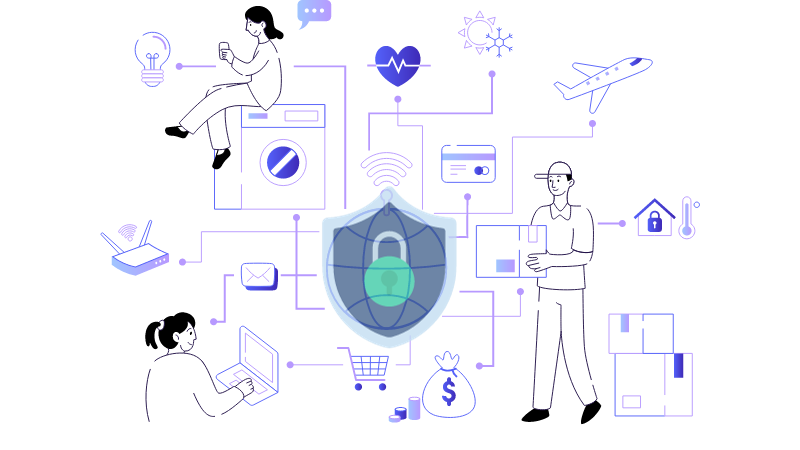As the Internet of Things (IoT) continues to proliferate across industries, ensuring robust IoT security measures is critical to protect devices, data, and networks from evolving cyber threats. This article explores IoT security, discussing its importance, advantages, disadvantages, and offering practical guidance on implementation and management.
Understanding IoT Security

IoT security refers to the practices and technologies implemented to safeguard IoT devices, networks, and data from unauthorized access, cyber attacks, and breaches. With billions of interconnected devices collecting and transmitting sensitive data, vulnerabilities in IoT ecosystems pose significant risks to organizations and consumers alike. Key aspects of IoT security include encryption, authentication, access control, firmware updates, and continuous monitoring.
Advantages of IoT Security
- Data Protection: Encryption and secure communication protocols protect sensitive data transmitted between IoT devices and backend systems, ensuring confidentiality and integrity.
- Prevent Unauthorized Access: Authentication mechanisms and access controls restrict unauthorized users from accessing IoT devices and networks, reducing the risk of data breaches.
- Risk Mitigation: Continuous monitoring and threat detection mechanisms identify anomalies and potential security breaches in real-time, enabling proactive response and mitigation.
- Compliance and Trust: Adherence to security standards and regulations enhances customer trust and confidence in IoT devices and services, fostering adoption and usage.
- Operational Resilience: Robust security measures safeguard IoT infrastructure from disruptions, ensuring operational continuity and business resilience.
Disadvantages of IoT Security
- Complexity: Securing diverse IoT devices and platforms with varying capabilities and protocols can be complex, requiring comprehensive security strategies and expertise.
- Resource Intensive: Implementing and maintaining robust security measures, including updates and patches, may require significant resources and investment.
- Interoperability Challenges: Compatibility issues between IoT devices and security solutions may hinder seamless integration and deployment of security controls.
- User Awareness: Lack of awareness and understanding of IoT security risks among users and stakeholders can undermine security efforts and increase vulnerability.
- Evolution of Threats: Rapidly evolving cyber threats and attack vectors necessitate continuous adaptation and enhancement of IoT security defenses.
Tutorial: Implementing IoT Security Best Practices
- Risk Assessment: Conduct a thorough risk assessment to identify vulnerabilities, threats, and potential impact on IoT devices, networks, and data.
- Secure Device Lifecycle: Implement security measures throughout the device lifecycle, including secure design, development, deployment, and decommissioning.
- Encryption and Authentication: Utilize strong encryption algorithms and multi-factor authentication mechanisms to protect data and authenticate users and devices.
- Access Control and Permissions: Implement granular access controls and permissions to restrict privileges based on roles and responsibilities, minimizing exposure to unauthorized access.
- Patch Management: Regularly update device firmware and software to address security vulnerabilities and protect against known threats.
- Network Segmentation: Segment IoT networks to isolate critical devices and limit the impact of a security breach on the entire network.
- Monitoring and Response: Deploy intrusion detection systems (IDS), security information and event management (SIEM) tools, and conduct regular security audits to monitor IoT environments and respond to incidents promptly.
Conclusion
IoT security is paramount in safeguarding interconnected devices, networks, and data from cyber threats in an increasingly digital landscape. Despite challenges such as complexity and resource intensiveness, the benefits of data protection, risk mitigation, compliance, and operational resilience make investing in IoT security indispensable. By adopting comprehensive security strategies, leveraging advanced technologies, and prioritizing user education and awareness, organizations can mitigate risks and harness the full potential of IoT securely.
Stay tuned to KlikDot for more insightful articles and tutorials on IoT security, emerging threats, and best practices for securing IoT ecosystems effectively.







Tinggalkan komentar